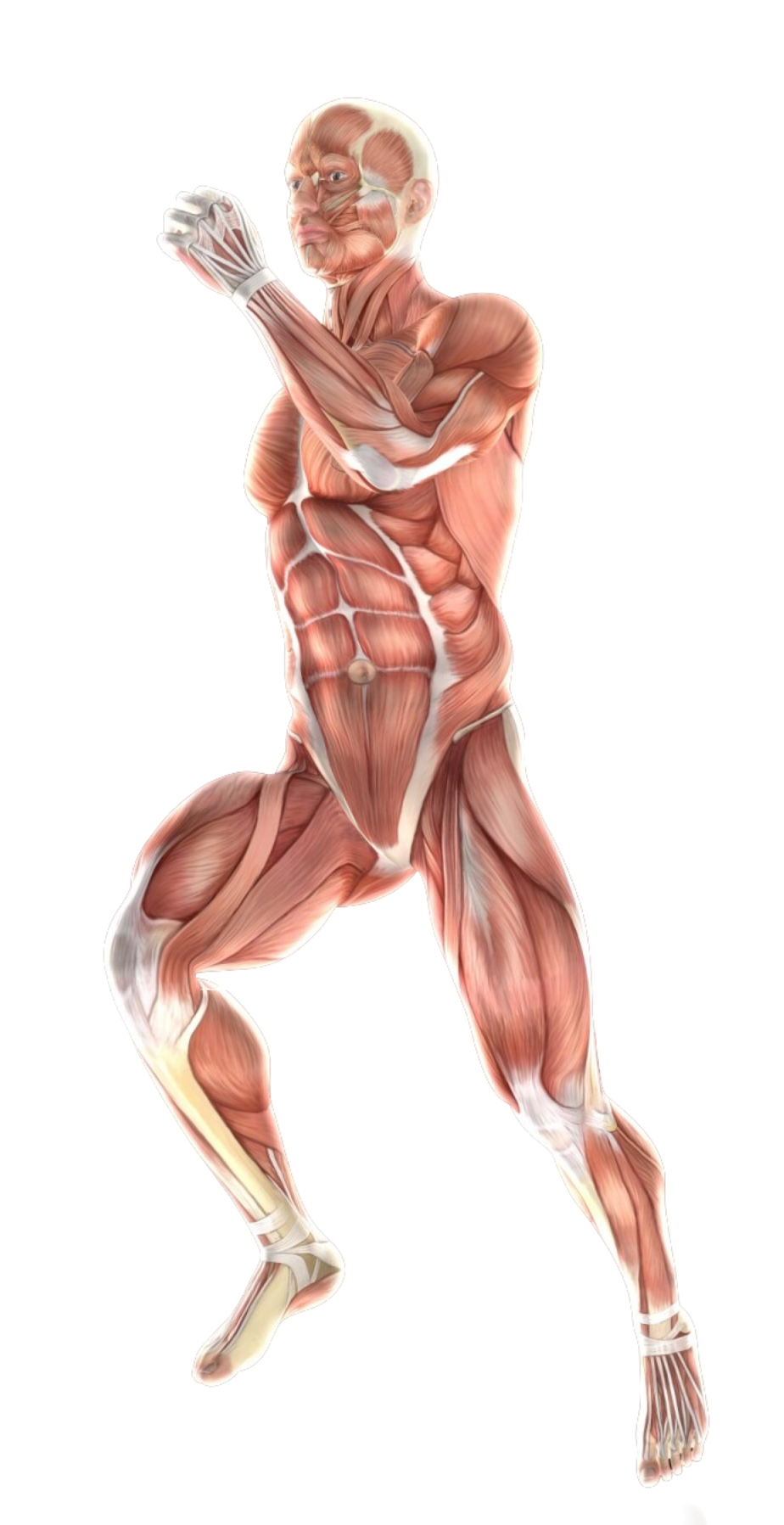- #11-13 Mount Elizabeth Medical Centre (Orchard)
- Mon Fri 9am — 6pm | Sat 9am — 12.30 pm
A herniated disc, also commonly called a slipped disc, is a condition in which the soft, gel-like center (nucleus pulposus) of an intervertebral disc protrudes or bulges outward through a tear in the tough outer covering (annulus fibrosus). These intervertebral discs act as cushions and shock absorbers between the vertebrae of your spine, providing flexibility and support during movement. When a herniated disc occurs, the protruding material can put pressure on nearby nerves, causing pain, numbness, weakness, and other symptoms depending on the location of the herniation.
Common causes and risk factors for herniated discs include:

Although anyone can develop a herniated disc, certain factors can increase your susceptibility:
During a physical exam, your healthcare professional checks your back for tenderness.
In most cases of herniated disc, a physical examination and medical history are sufficient to make the diagnosis.
Nerve conduction studies and electromyograms (EMGs) measure how well electrical impulses travel along nerve tissue. These tests help identify the location of nerve damage.
The good news is that most herniated disks improve with conservative treatment within a few weeks or months. Treatment typically involves a multimodal approach, focusing on pain management, reducing inflammation, and promoting healing.
In some cases, if conservative approaches fail to provide adequate pain relief after several weeks, minimally invasive procedures might be considered:
Selective nerve root blocks injections deliver a local anesthetic and sometimes a corticosteroid directly to the affected nerve root, providing targeted pain relief.
Herniated disk surgery is typically a last resort for individuals with severe and persistent pain that significantly impacts their daily life and has not responded to conservative or minimally invasive treatments. The most common surgical procedures for herniated disks include:

Spine - Neck
Shoulder & Elbow
Spine — Back
Wrist & Hand
Knee Pain
Ankle Pain
Foot Pain
Book a consultation with us for a more comprehensive diagnosis and a personalised treatment plan best suited to your needs.

Spine - Neck
Shoulder & Elbow
Spine — Back
Wrist & Hand
Knee
Ankle
Foot